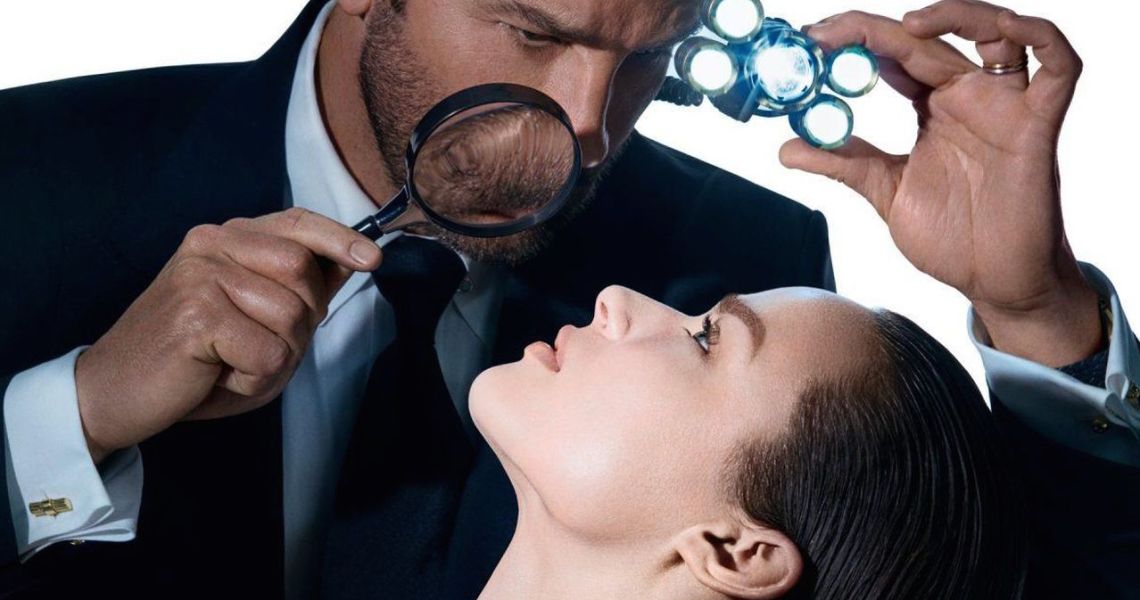Skin care is presently one of the strongest categories in beauty. And fashion designers are rushing to the space hoping to cash-in.
This week saw the launch of Victoria Beckham’s skin care line in collaboration with German brand Augustinus Bader. Beckham has not launched her own fragrance, which is typical of designer brands (although her husband David Beckham has launched a women’s fragrance). This launch was preceded by the launch of Costa Brazil in January from Francisco Costa, the former creative director of Calvin Klein; Norma Kamali’s launch of NormaLife in May; Marc Jacobs in June; and lastly, Tom Ford in August. Marc Jacobs and Tom Ford’s play is to safeguard against a softening of the makeup market, but for other designers, skin care is seen as a way to establish a lifestyle brand. But to be clear, designer skin care is not new. Chanel first introduced its first skin care products in 1927 while Dior debuted its own in 1986.
When Francisco Costa left Calvin Klein in 2016, he was envisioning a beauty brand in his future. His first product idea for Costa Brazil was, in fact, a fragrance, but said he held off on a fragrance launch because he didn’t think it was a “strong enough” idea for a lifestyle brand. Costa Brazil is a clean beauty brand offering a face and body oil, body cream, a candle and incense. Products range from $54 to $165.
“I decided not to launch a fragrance first, so people could know Costa Brazil was beyond that,” he said. “I’m not putting down designer fragrance, because I am a designer and [have designed] fragrance, but I didn’t want people to think that I left Calvin Klein to launch a fragrance.”
It is not the typical path for designers to launch with skin care first, said Larissa Jensen, NPD Group analyst. Designers usually start with fragrance, then makeup and finally skin care, if at all. Chanel took seven years before venturing into skin care, while Dior took 39 and Marc Jacobs took six. When Tom Ford left Gucci in 2005, the very first thing he did was launch a collection of fragrances in 2006 via Tom Ford Beauty.
The challenge for designers is that they are not known to be innovators in skin care. Designer skin care makes up only 2% of the skin care category and sales are down by 4% so far in 2019. Conversely, the clinical brand subcategory with players like Dr. Murad and Dr. Barbara Sturm has caused sales to grow by 4% and the natural subcategory with notable brands like Drunk Elephant increased by 11%, Jensen said. Meanwhile, designer fragrance makes up 70% of total fragrance sales.
“Skin care is very technical and as such you may want to trust someone with expertise in that category and in skin and ingredients,” she said. “So why are so many brands doing it? It boils down to the fact that it’s the strongest growing category out there.”
Ad position: web_incontent_pos1
The idea that consumers might be wary of designer skin care makes it all the more poignant that a brand like Victoria Beckham opted to work with one of the buzziest anti-aging brands on the market and that Tom Ford Beauty refers to its line as Tom Ford Research (Tom Ford Beauty is expected to become a $1 billion brand in 2020). However, all the recent designer beauty brands that have expanded into the trickier-to-navigate but lucrative field of skin care have performed well (even when the designer label is not).
But for designers with no existing beauty or fragrance brand, leaning on clean beauty and other sub-category trends would better position them, said Jensen. As smaller designers, they can keep their distribution tight and be more targeted in their customer reach. Both NormaLife and Costa Brazil, are clean beauty brands and thus tap into more trendy sub-categories.
Norma Kamali initially launched a skin care line in 1993, which she said was based around wellness and distributed through department stores like Bloomingdales. The products came in a kit with a cassette from Kamali herself. The brand eventually evolved into and relaunched as, NormaLife with Kamali noting that her initial attempt at skin care was “too early.” NormaLife offers four products priced between $30 and $40, including a soap-free cleanser, an exfoliator and a moisturizer; the line is meant to showcase the fundamentals of a natural beauty look.
She said she does not promote NormaLife as a clean and sustainable brand despite playing in the space and instead, focuses on the “timelessness of ingredients and function.” NormaLife is mentioned on the landing page of NormaKamali.com, has its own Instagram page with approximately 1,400 followers and is featured prominently on Kamali’s own Instagram channel where she has over 68,000 followers.
Despite her authentic interest in wellness and skin care, Kamali is acutely aware of how being a designer could be a detraction and that customers people might not take her knowledge around clean beauty seriously.
Ad position: web_incontent_pos2
“[Being a designer] gives me a great opportunity to have a customer base from the start,” she said. “But, I also think that NormaLife and everything I plan to do with it should have its own legs and its own identity.”
As the designer skin care sub-category continues to swell, it might eventually face the same issues that drove some of them to the category in the first place, namely a downturn. Skin care has been growing as a segment since 2017 while makeup declined, according to NPD data, but there is typically a seesaw effect, said Jensen. What is different this time is that makeup continues to see a deceleration, and 2020 will be pivotal to see how the categories interplay with one another.
“Skin care has so many brands now and as you have this many, it becomes paralyzing from a consumer perspective,” said Jensen. “As everyone starts to chase the same thing, at what point does it trigger consumer fatigue?”




